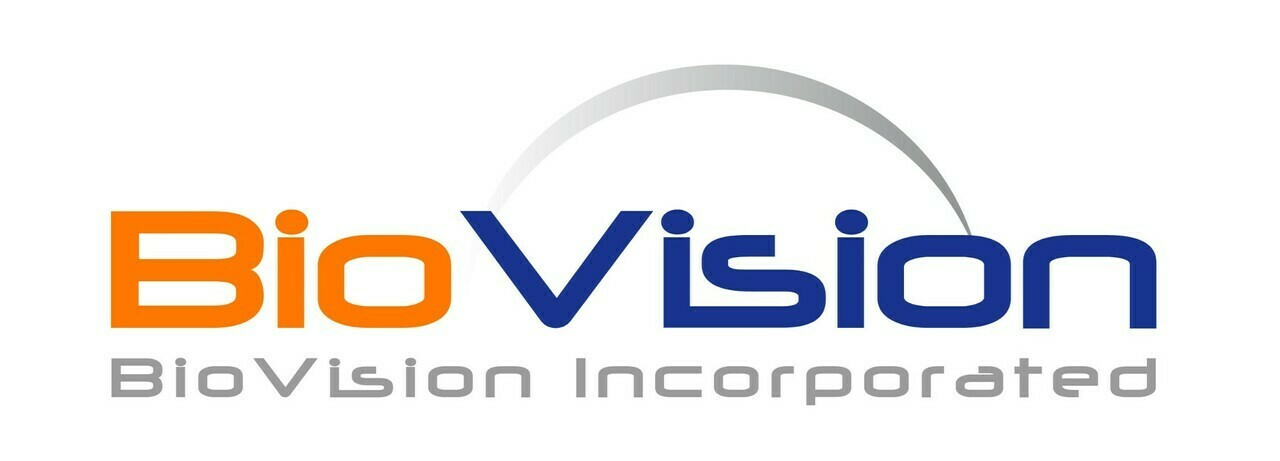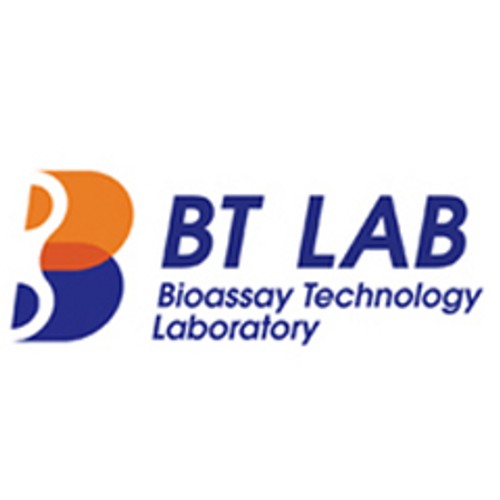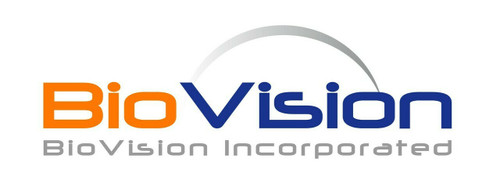Product Description
Glutamate Decarboxylase α is a pyridoxal 5′-phosphate dependent enzyme. GAD α catalyzes conversion of glutamate to GABA. Aberrant expressions of GAD α have been associated with diabetes and neurodegenerative diseases such as Alzheimers and Parkinson’s Disease.
Biovision | P1404 | Glutamate Decarboxylase α (GAD α), E. coli Recombinant DataSheet
Biomolecule/Target :
Synonyms: GAD-alpha, gadA, gadS
Alternates names: GAD-alpha, gadA, gadS
Taglines: Converts glutamate to gamma-aminobutyrate (GABA)
NCBI Gene ID #: 948027
NCBI Gene Symbol: gadA
Gene Source: E Coli
Accession #: P69908
Recombinant: True
Source: E. coli
Purity by SDS-PAGE: >95%
Assay: SDS-PAGE
Purity:
Assay #2:
Endotoxin Level:
Activity (Specifications/test method): This enzyme has a specific activity of ≥ 1 mU/mg based on its ability to convert glutamate to GABA, which can be detected fluorometrically at Ex/Em=535/595.
Biological activity:
Results: 1 mU/mg
Binding Capacity:
Unit Definition: One unit is the amount of enzyme that will hydrolyze 1.0 umole of glutamate per minute at pH 8 and 37 ̊C.
Molecular Weight: 53.6 kDa with C-terminal 6X-His tag
Concentration:
Appearance: Lyophilized powder
Physical form description: Lyophilized
Reconstitution Instructions: Reconstitute the lyophilized protein in 10% glycerol with 5 mM 2-Mercaptoethanol to a final concentration of 1.0 mU/ml and incubate the reconstituted protein at 25 °C for 15 minutes.
Amino acid sequence:
Handling: Centrifuge the vial prior to opening.
Usage:
 Euro
Euro
 USD
USD
 British Pound
British Pound
 NULL
NULL




![Recombinant E. coli Α-Galactosidase, α-Gal (aa 2 - 708) [His] Recombinant E. coli Α-Galactosidase, α-Gal (aa 2 - 708) [His]](https://cdn11.bigcommerce.com/s-452hpg8iuh/images/stencil/500x659/products/451949/655082/images__81618.1648113406__80635.1648114837.png?c=2)







